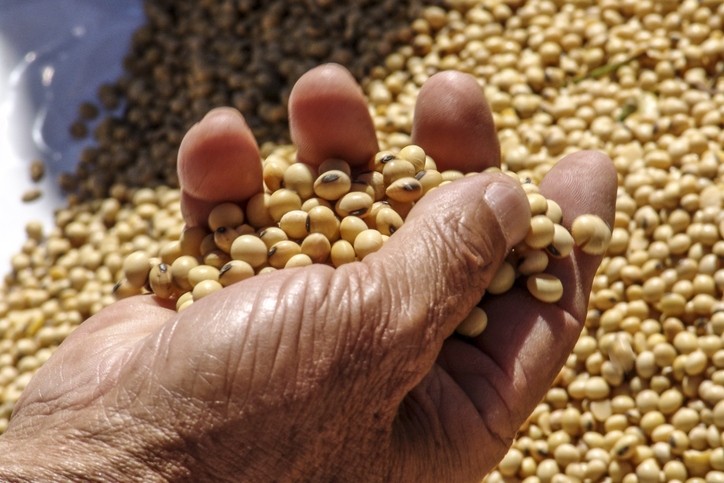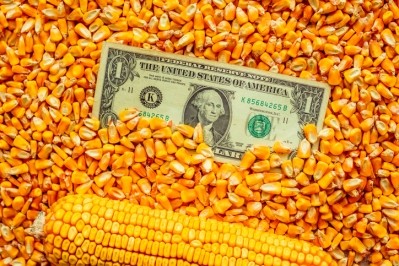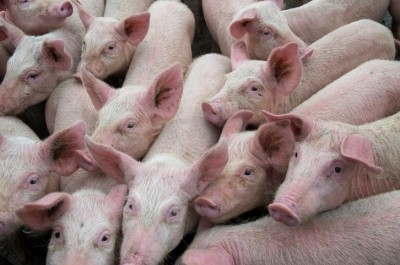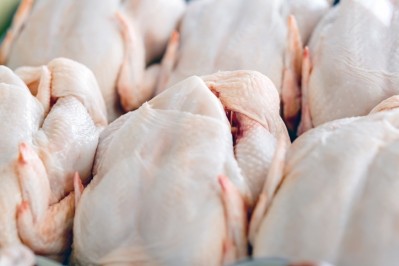Chinese feed demand to decline by 16% this year with a moderate rebound in 2020: analyst

In a podcast produced by RaboResearch Food & Agribusiness division, grains and oilseeds (G&O) analyst, Lief Chiang, discussed the impact of African Swine Fever (ASF) on animal protein and feed demand in China, giving an outlook for soymeal and feed usage in that market through to 2020.
China is the world’s largest soybean importer and is critical for global trade growth.
“Nearly all imported soybeans are for crushing in China and soybean meal is the most widely used protein meal in feed,” said Chiang.
In its recent pork quarterly, Rabobank anticipated that ASF-related culling could impact up to 50% of China’s hog herd by the end of 2019. It predicts a further 10-15% drop in Chinese pork production in 2020, though hog restocking is expected to kick off by the second half of next year.
Chiang said ASF continues to spread throughout China. “We expect hog feed consumption will drop by 35% in 2019 as a result of the fast liquidation of hog inventory.”
However, commercial feed penetration is increasing as the Chinese government bans the use of food waste to feed pigs, he said.
Another trend he noted is the phasing out of the more small-scale backyard pig farms in the country, arising out of the ASF outbreak linked to those units, and that factor is likely to accelerate the pig farm consolidation trend already in play in that market, and the move to more professional feeding approaches.
ASF has only depressed feed demand in the Chinese swine sector, stressed the analyst. Feed demand is experiencing strong growth in other animal protein segments in China, notably in its poultry and aquaculture sectors.
“As a result, Rabobank believes the total feed consumption in China will [only] decline by 16% in 2019.”
The anticipated restocking of the hog herd in H2 2020, as mentioned in Rabobank's pork quarterly, will support hog feed usage, continued Chiang, who anticipates a moderate rebound in feed consumption overall in China in 2020, of around 6%.
Fast rebound in soybean meal (SBM) usage in China expected
“The [Chinese] market has observed only a moderate decline in soybean meal (SBM) usage since the outbreak of ASF. The key reason is that low priced SBM is able to achieve a higher inclusion ratio in the feed ration,” said the G&O trade specialist.
Because of its cost advantage per protein basis, SBM is replacing canola meal and cottonseed meal in feed formulations in China, he said.
Moreover, SBM usage could rise by 20% in aqua feed rations due to the trade tensions between Canada and China restricting the imports of canola meal, he added.
“In the current marketing year, 2018-2019, we expect large quantities of soybeans to be delivered to Chinese ports in August and September. Based on the projected upcoming shipments, the import volume for 2018-2019 is likely to exceed 84 million metric tons. As for 2019-20, without the consideration of the US-China trade war, which remains a large uncertainty in the market, the import volume should be in the range of 84-89 million metric tons,” said Chiang.












